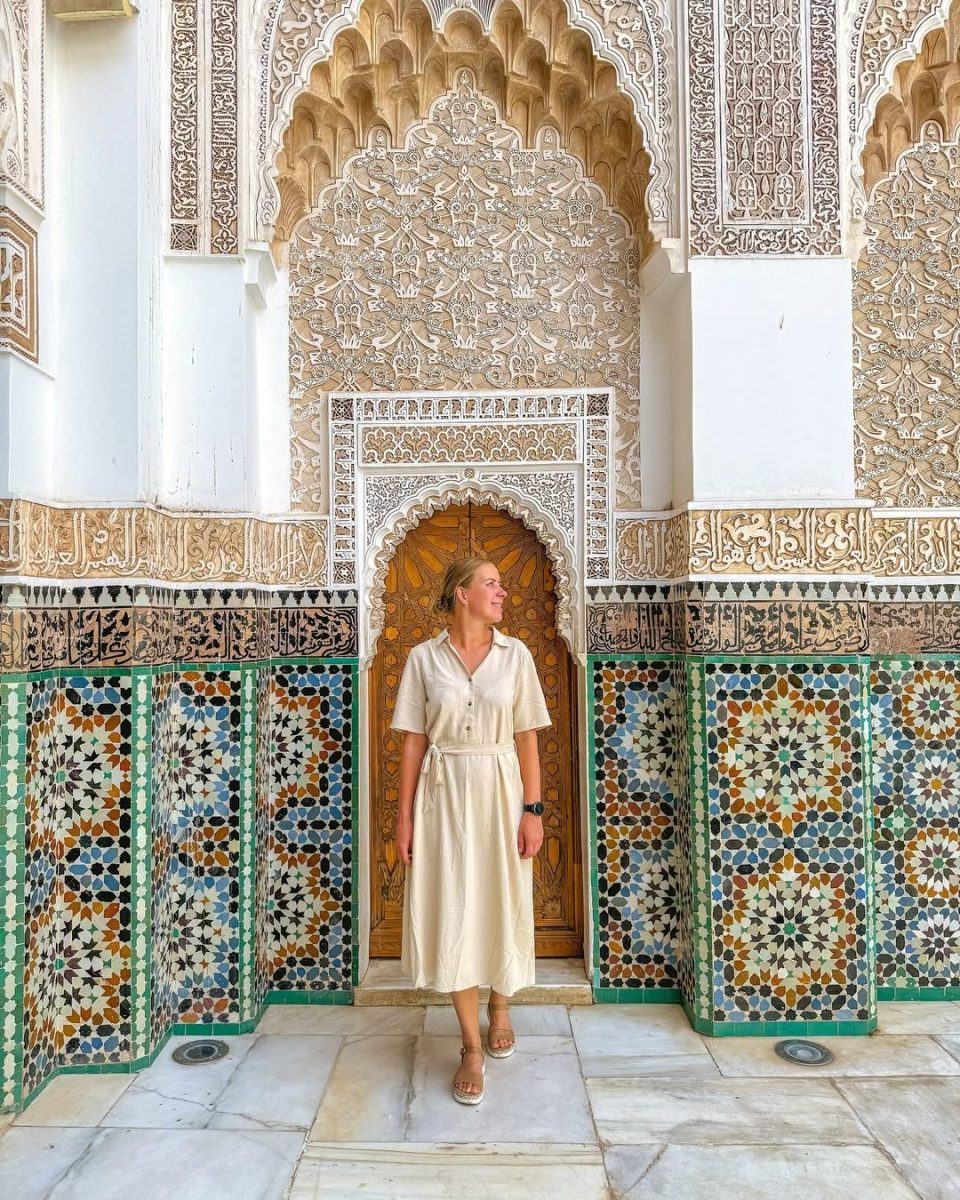Morocco’s medinas are more than historic city centres, they are living museums of culture and everyday life. Narrow alleys, bustling souks, ornate mosques, and centuries-old traditions surround you when you step through the gate. We’re exploring Morocco’s medinas, and what you’ll experience when you visit today.
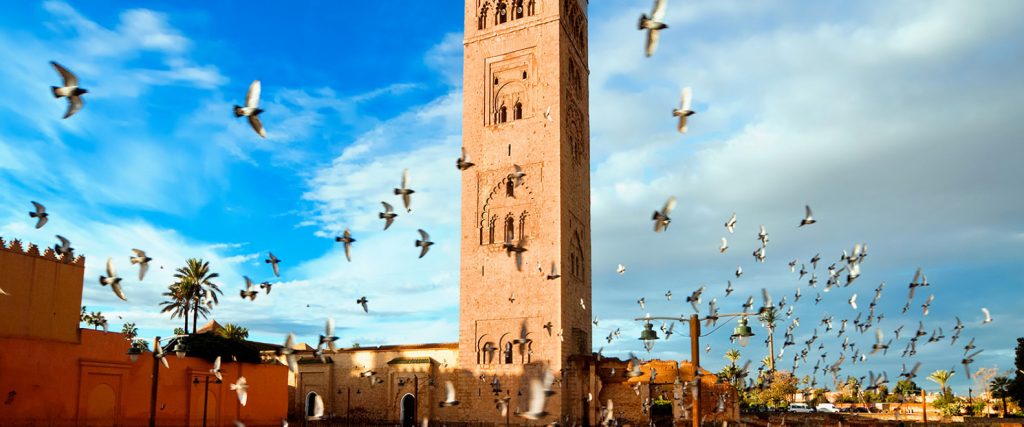
What is a Medina?
In Arabic, medina simply means “city,” but in Morocco it refers to the walled historic quarter, dating back to medieval times. These districts are enclosed by ramparts and accessed through grand gates (bab). Inside is a dense, car-free maze of homes, mosques, madrasas (Islamic schools), fountains, hammams, and lively souks.
Each medina was designed for community life. Neighbourhoods had their own mosque, bathhouse, bakery, and small market, while the central souk was the hub of commerce. Inns hosted traders from afar, and “messier” trades like tanneries and blacksmiths were placed at the edges. Despite the maze-like layout, the medina was an efficient, self-contained world.
From past to present
For centuries, medinas were the beating heart of Morocco, centres of power, religion, and trade. Dynasties established capitals within their walls: Fez, Marrakesh, Meknes, and Rabat all grew from their medinas. Over time, Berber, Arab, Andalusian, and Jewish influences blended into their architecture and traditions.
Remarkably, many medinas still look as they did centuries ago. During the French Protectorate, colonial quarters were built outside the walls, sparing the old cities from modernisation. Today, UNESCO recognises several Moroccan medinas as World Heritage sites. But, most importantly, they aren’t relics.
These neighbourhoods remain alive with residents, artisans, and markets. Tanners still cure leather in open-air pits, metalworkers hammer copper by hand, and storytellers gather crowds in Marrakesh’s Jemaa el-Fna square. The medina is both historic and modern, a place where the past pulses in the present.
The 7 Moroccan medinas you should visit
- Marrakesh’s red city
Founded in the 11th century, Marrakesh dazzles with souks, palaces, and the legendary Jemaa el-Fna square, a nightly carnival of food stalls, storytellers, musicians, and snake charmers. Its red-hued walls and Atlas Mountain backdrop make sunset strolls unforgettable.
- Fez’s medieval marvel
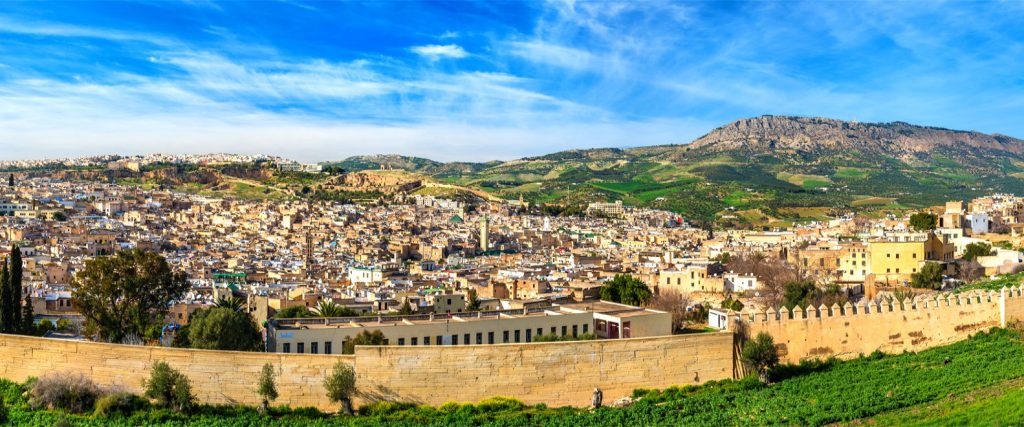
Fez’s medina, one of the world’s largest car-free zones, feels like a living Middle Ages. Wander 9,000 alleys, visit Al-Qarawiyyin University, or watch tanners at work in the famous Chouara pits. Getting lost here is the essence of the experience.
- Chefchaouen’s blue pearl
Nestled in the Rif Mountains, Chefchaouen enchants with its blue-and-white painted medina. More relaxed than the imperial cities, it’s ideal for wandering, shopping for wool crafts, and sipping mint tea on rooftops with mountain views.
- Essaouira’s seaside charm
Essaouira’s 18th-century medina blends Moroccan and European design, with grid-like streets and ocean-facing ramparts. Known for art galleries, woodcarving, and fresh fish markets, it has a breezy, laid-back vibe which is perfect for slowing down.
- Mekne’s imperial quiet
Once the capital of Sultan Moulay Ismail, Meknes boasts monumental gates like Bab Mansour, vast granaries, and the sultan’s mausoleum. Less crowded than Fez or Marrakesh, it offers history and authenticity which is more on the quiet side.
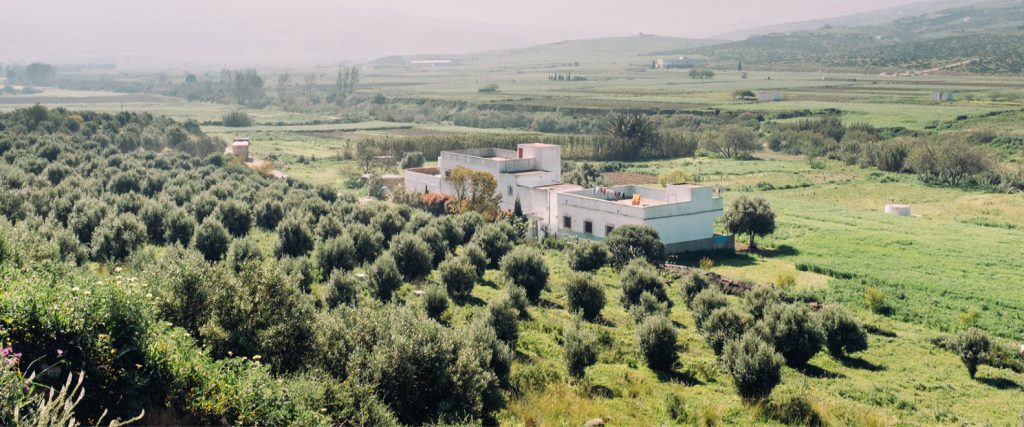
- Tetouan’s Andalusian elegance
Small but striking, Tetouan’s medina reflects its Andalusian refugee roots with whitewashed houses, tiled mansions, and artisan workshops. Quiet and authentic, it feels frozen in time and warmly welcoming to visitors.
- Tangier’s gateway to two continents
Tangier’s hillside medina overlooks the Strait of Gibraltar, blending Moroccan, Andalusian, and European influences. Once an artists’ haunt, it still exudes bohemian charm. Visit the kasbah, sip tea at Cafe Hafa, and feel the energy of a true crossroads of cultures
What to expect when you visit
A maze of alleyways
Medinas are labyrinths. Lanes can be so narrow that only pedestrians, scooters, or donkeys pass. Getting lost is inevitable, and part of the fun, as each turn reveals hidden courtyards, carved doorways, or bakeries scented with fresh bread.
Bustling souks
Souks are the commercial heart of the medina. Each section is dedicated to a craft, spices, textiles, leather, pottery, lanterns. Haggling here is both expected and entertaining.
Architectural treasures
Medinas are packed with historic gems, mosques with ornate minarets, tiled madrasas, fountains, and hammams. Fez holds the world’s oldest university, Al-Qarawiyyin (859), and stunning madrasas like Bou Inania. Marrakesh showcases the Koutoubia Mosque and the remains of grand palaces. Everywhere, you’ll spot intricate zellij tiles, carved cedar, and delicate plasterwork.
Everyday life
Beyond monuments, medinas are home to families and traditions. You’ll see children playing, women carrying dough to communal ovens, and craftsmen weaving or playing instruments. Each medina has its own character, and the call to prayer happens five times per day, reminding visitors that faith and community still anchor these quarters.
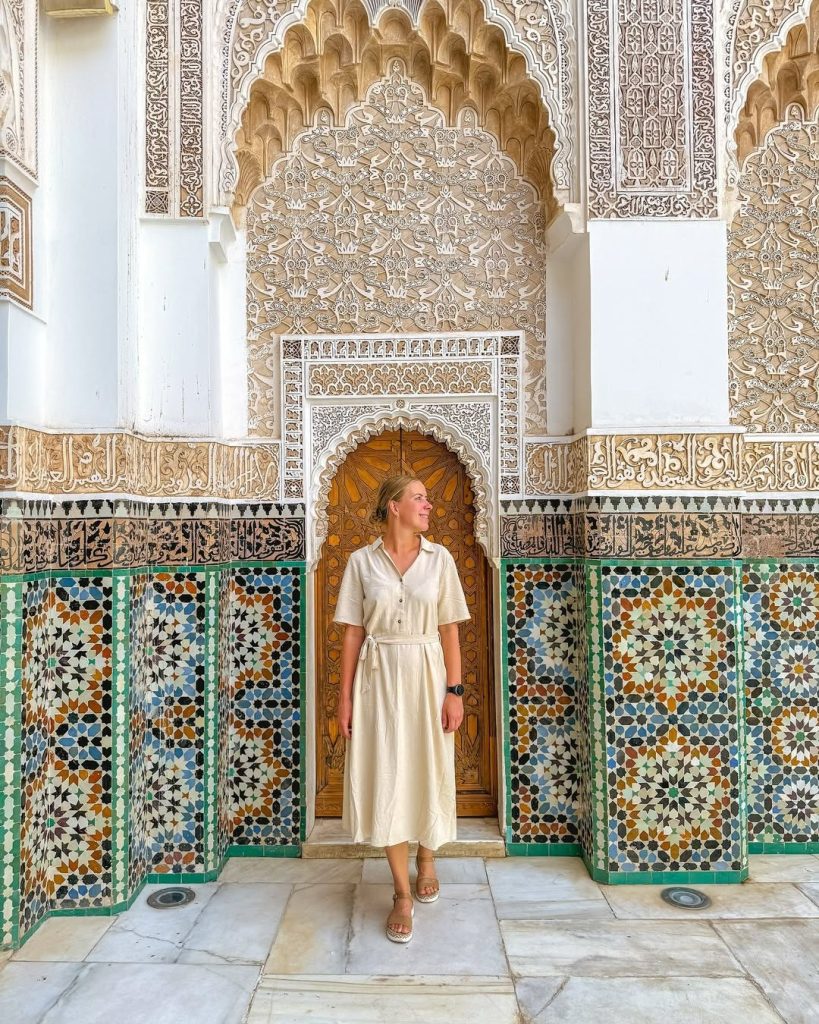
Practical tips for exploring the medinas
- Dress modestly and comfortably: Cover shoulders and knees, wear good shoes, and skip flashy jewelry.
- Expect to get lost: Carry a hotel card, use offline maps, or hire a licensed guide. Avoid “helpful strangers” who may demand tips.
- Haggle with good humour: Start low, meet in the middle, and keep it lighthearted. It’s as much a game as a transaction, but remember it might not always go your way.
- Ask before photos: Always request permission before photographing people or stalls, and remember these are people’s lives, culture, and livelihoods.
- Take breaks: Pause at cafes or rooftop terraces for mint tea and people-watching. Stay hydrated, especially in summer.
- Stay in a Riad: Traditional guesthouses inside medinas offer an oasis of calm with courtyards, fountains, and rooftop views.
Read more: What it’s like staying in traditional Arabic guesthouses
Morocco’s medinas are not just places to see, they are places where tradition and modern life come together. If you’re visiting Morocco, add at least one to your itinerary, they should be on everyone’s bucket-list.

